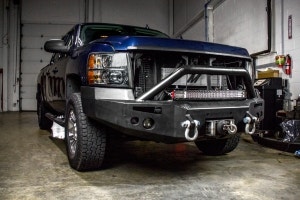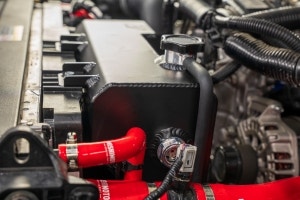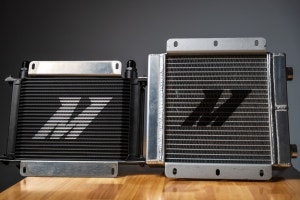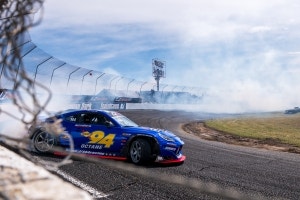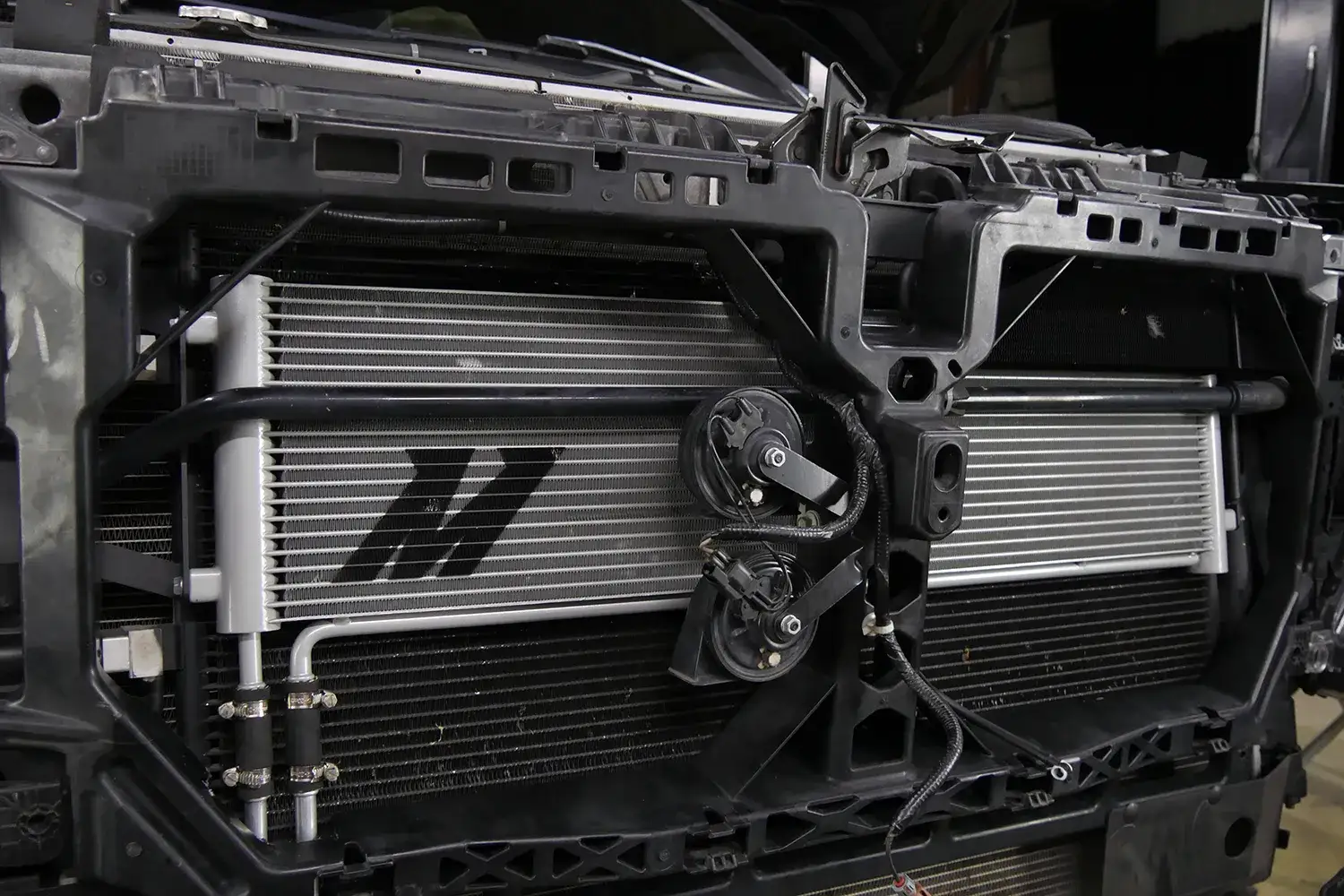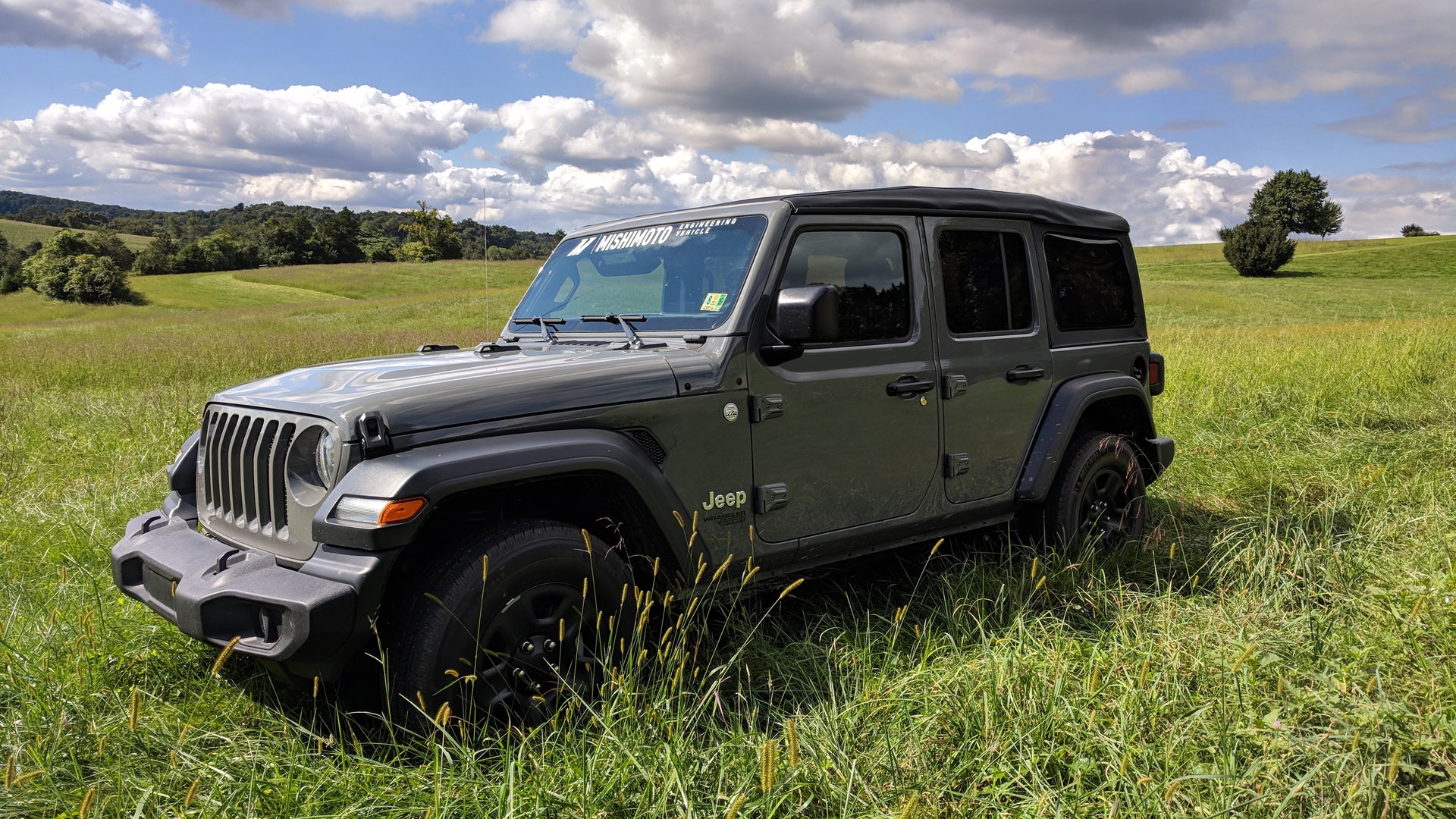
Everyday Exploration - Oil Catch Can Kit, Part 1: Introduction
The renowned landscape photographer Ansel Adams once said, ""I have found that every experience is a form of exploration." Nearly a century after Adams began exploring the American West, Americans still love to explore, and no vehicle exemplifies the spirit of everyday exploration better than the Jeep Wrangler. Any Wrangler driver knows that embarking on an exploration is a simple matter of turning a key. Take the top off, or pull off the doors, and a drive through your neighborhood becomes something more.
As any explorer knows, a journey requires preparation. We might have moved on from feeding the horses and packing the hardtack but being prepared is still key. Even in a brand new 2.0L turbo Wrangler, the first step in your everyday exploration should be staying prepared. Maintenance is important, of course. You change your oil, use high-quality fuel, check your tire pressure, and a plethora of other essentials most vehicle owners are familiar with.

However, being truly prepared often means going above and beyond the essentials. For a direct-injected and turbocharged engine like the Hurricane 2.0L found in the 2018+ JL Wrangler, cleanliness is paramount. Clean air and clean fuel can make the difference between exploring the wide-open wilderness or wandering around a mechanic's dingy waiting room. Unfortunately for the Hurricane, the biggest threat to its cleanliness is itself.

Blow-by is a natural part of any internal combustion engine. We've talked about it a lot, but to put it simply, blow-by is a combination of oil vapor, fuel vapor, and other combustion byproducts that
Before the mid-1900's, CCV systems were made up of draft tubes connected high on the crankcase. These draft tubes dumped blow-by into a low-pressure zone under the vehicle. It wasn't until World War II, when tanks required a system to let blow-by out without letting water in, that the modern PCV valve was born. Environmental concerns in the 1950's led to more development of CCV systems. Instead of dumping the blow-by into the atmosphere, modern CCV systems route the blow-by back into the intake where it can be reburned and exit through the vehicle's exhaust.

In the case of the JL's 2.0L-turbocharged Hurricane engine, there are two sides to the CCV system. One side (referred to as the PCV side) connects the crankcase to the intake manifold via a tube and the PCV valve. The PCV valve serves two functions on turbocharged vehicles: regulate the amount of crankcase gasses entering the intake manifold under light load and prevent pressure from entering the crankcase when the turbo is producing boost. When the turbo is spooled and pressurizing the intake, the other side of the CCV system (aptly referred to as the CCV side) takes over. Under these conditions crankcase gasses are vented into the intake system before the turbocharger, where there is a vacuum to effectively pull out the gasses.

What does all of this have to do with your 2.0L JL Wrangler? Because the 2.0T Hurricane is direct-injected (DI), the backs of the intake valves never see the washing effect of clean fuel. While the blow-by is being recirculated into the intake and sucked into the cylinders over the intake valves, there's nothing to wash off the oil, carbon, and fuel residue from the blow-by. Eventually, the blow-by on the valves builds up into a hard, carbon-infused varnish that impedes the airflow into the cylinder. If that varnish builds up enough, you can experience misfires and a major loss in power and efficiency. If it gets really bad, the carbon build-up can actually stop the valves from closing, causing a loss of compression.

Many manufacturers have found ways to reduce the amount of carbon buildup on intake valves caused by blow-by. Toyota and many other manufacturers use a dual-injection system in many of their DI engines that places a second set of fuel injectors into the intake runner like a port-injected engine would have. The combination of port and direct-injection in these engines creates more power in certain load ranges and washes blow-by varnish off the intake valves.
Another way to remove blow-by from valves is to burn it off. I'm sure you've heard of an "Italian tune-up," the premise behind it being that you drive the vehicle at wide-open throttle and high engine RPM to heat up the engine and blow any carbon off the valves and out of the cylinder. While there is merit to the idea behind an Italian tune-up, the temperature required to burn off carbon deposits from intake valves is around 617°F (one of my favorite YouTube channels, Engineering Explained, did a great video on this). Higher engine temperatures from spirited driving can help prevent carbon buildup on intake valves but, in all likelihood, you won't be driving your JL in a way that's going to produce those temperatures for a long period of time. So, what can you do?

The best solution to a problem is usually preventing it in the first place. Many engine manufacturers share that belief and try to prevent carbon buildup on valves by preventing blow-by contaminates from entering the intake in the first place. Air-oil separators, like the one fitted to the Hurricane's PCV system, attempt to filter out oil, fuel, and carbon from the blow-by. However, cost and packaging challenges often mean they fall well short of perfect and only delay carbon buildup. Plus, many of these systems dump the contaminates back into the oil, diluting it and reducing its service life.
Instead of relying on the factory air-oil separators, we at Mishimoto like to take matters into our own hands. Since we bought our 2.0T JL back in August of last year, we've been developing a catch can to keep blow-by out of the intake. The complex computer systems of the Hurricane engine and crammed engine bay of the JL have thrown us a few challenges, but we're finally ready to share our R&D. In the next post, we'll dive deeper into the 2.0T's stock CCV and PCV systems and lay out our plans for development. We're looking forward to hearing your feedback and helping you prepare for your everyday explorations, so keep an eye out for the next post and let us know what you think!
Thanks for reading,
-Steve
